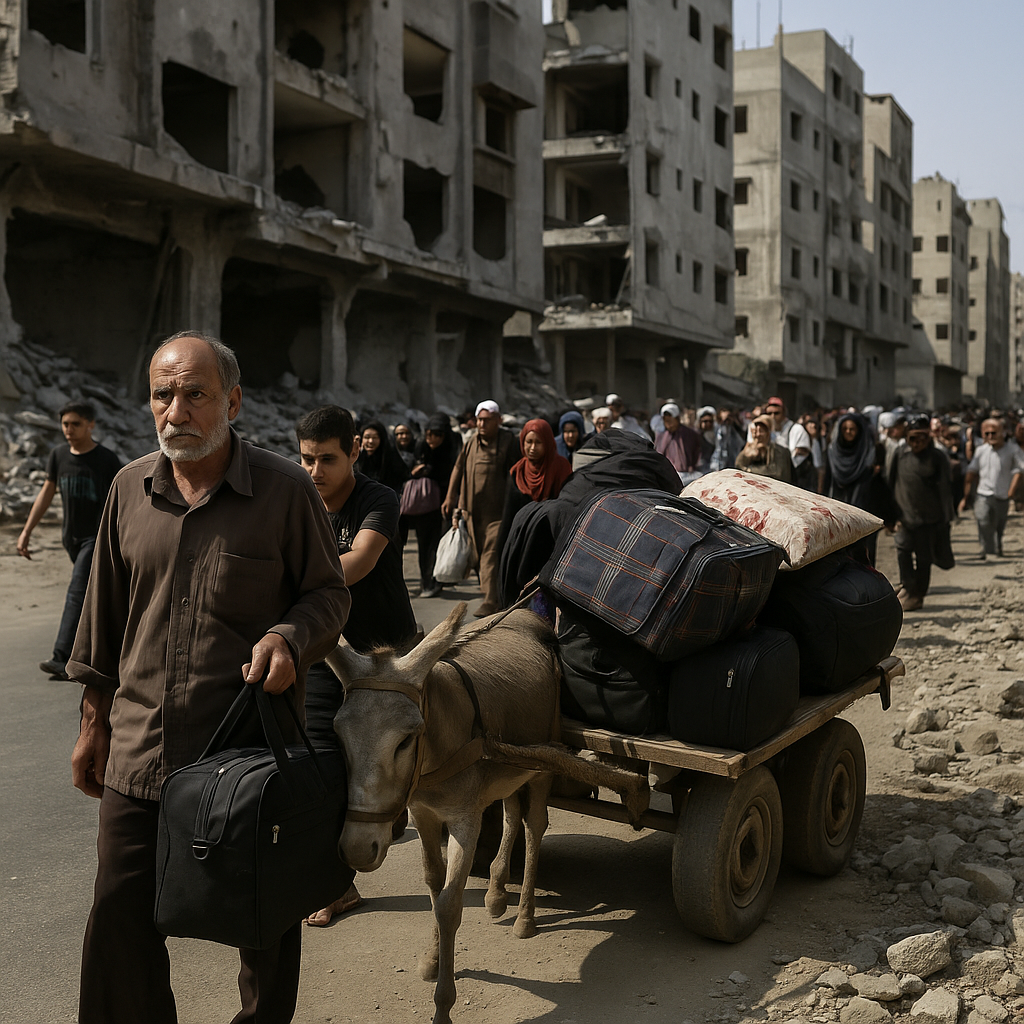Once bags are checked and screened, they need to be sent to the right flights. This is what baggage sorting is for. Sorting directs each bag to the correct airplane or zone. The purpose is accuracy and efficiency: it prevents bags from being sent on the wrong flight (which could make them “misconnected”), and it streamlines handling.
Think of sorting as the airport’s “mailroom” for luggage. Each flight is like an address, and the sorter reads the bag’s tag barcode to send it along the right chute or conveyor branch. If sorting works well, your bag reaches the make-up area of your plane. If it fails, the bag might end up on the wrong belt or remain unsorted, risking a delay. Good sorting is crucial for the baggage journey to finish correctly at the destination carousel.
Sorting also helps handle irregular situations. For example, if a flight is very full, some bags may be sorted off for the next flight (those get labeled as “unaccompanied baggage” or codes like UNAR, which means the bag goes on a later flight). But in normal cases, the bag’s target is sorted immediately after screening so it can be built onto the proper aircraft.
In short, sorting exists to keep baggage flowing to the right place. Without it, everything would become chaotic, with bags piling up without an assigned flight. By scanning and routing baggage automatically, sorting ensures each traveler’s luggage catches the same plane.


